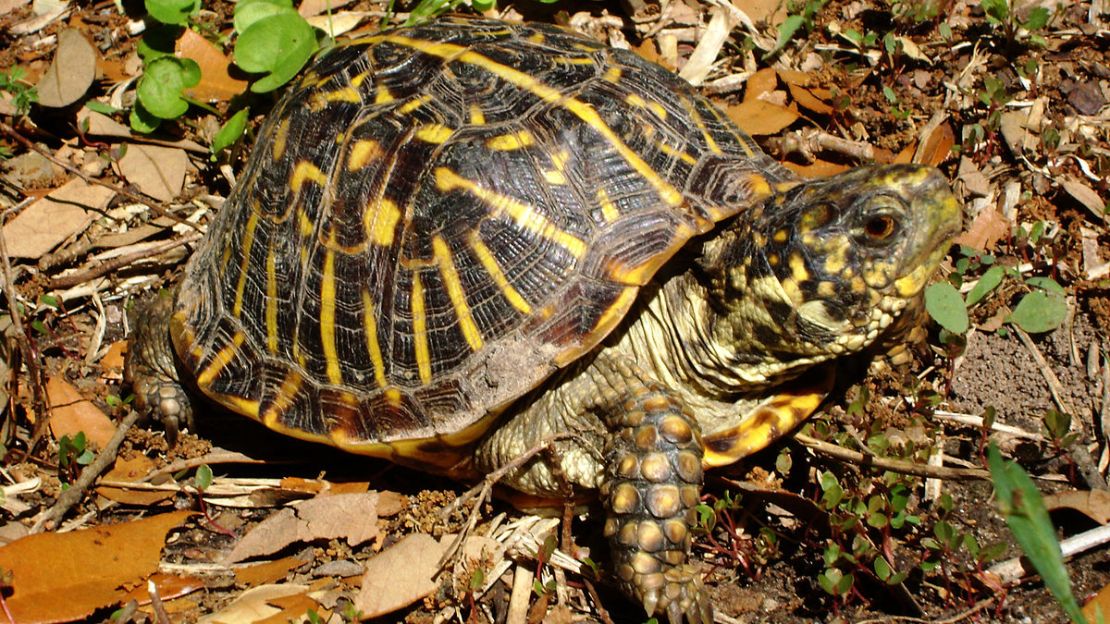John Tolley, June 5, 2018
?Release the hounds.?
Who among us is not familiar C. Montgomery Burn?s famous refrain used to rid his presence of any hapless person?s who?ve run afoul of his fickle temper?
Turns out, though, that this phrase could just as easily be applied to the University of Illinois at Urbana-Champaign?s recent field study of Ornate Box Turtles, that is if you?re willing to swap out spaniels for hounds.
Carefully camouflaged and adept at finding out-of-the-way crannies on the sandy prairie in which to stay cool, Ornate Box Turtles are not easy to find. So, when UIUC and Illinois Natural History Survey (INHS) researchers embarked on their herpetological census they knew they?d need to enlist the help of John Rucker and his pack of Boykin spaniels who have a knack for nosing through the underbrush and locating the turtles. The dogs even have specialized shoes they wear to protect their paws from the prickly cactus the turtles tend to hide beneath.
http://www.youtube.com/watch?v=0EnpzBsv31w
In a recent article on the Illinois News Bureau website, Devin Edmonds, a graduate student with the INHS, explained the unique process by which the spaniels find their quarry.
As we walk through the knee-high grass, the dogs carry on ahead of us, their noses to the ground, brown bodies nearly concealed. Whenever a dog finds a turtle, it picks it up in its mouth and carries it to John like a precious toy. The dog won?t let anyone else take the turtle out of its mouth. John praises the dog and then hands the turtle to one of us so we can begin recording data.
That data is helping Illinois researchers paint a more complete picture of the life-cycle and overall health of the state?s Ornate Box Turtle population. The reptiles are weighed, measured, swabbed and blood is drawn before they are harmlessly notched on their shells and released back into the wild. If a turtle is found again in the course of research, the notches on their shell will help future researchers trace the animal back and determine its age and area covered in its life.
To learn more about the University of Illinois and Illinois Natural History Survey?s unique field work and to see photos of the Boykin spaniels in action, follow the link here.







